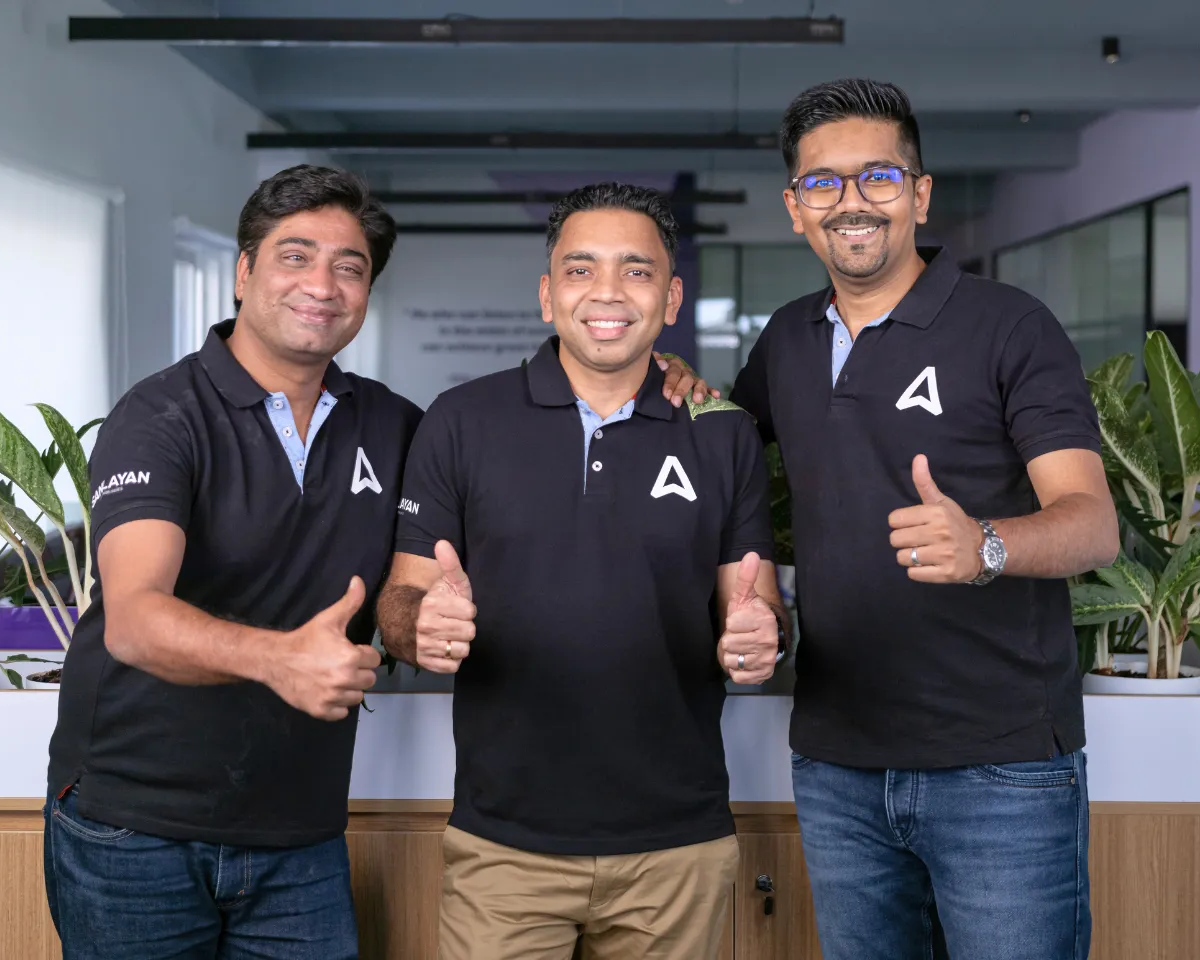Homegrown fast-food chain Burger Singh has secured ₹47.15 crore (approx. $5.5 million) in a fresh funding round led by Negen Value Fund and Nine Rivers Capital, with participation from Rhodium Trust and 19 other investors, including industry veterans and family trusts.
Table of Contents
💰 Deal Structure & Valuation
The company raised capital by issuing 4,994 compulsory cumulative preference shares at ₹94,430 each, as per regulatory filings.
- Negen Value Fund and Nine Rivers Capital invested ₹12 crore each
- Rhodium Trust contributed ₹8.5 crore
- Turner Morrison Trust and Thapar Family Trust pitched in ₹3.5 crore and ₹2 crore, respectively
- Additional contributions came from individual investors like Vikas Kapur, Nomita Kapur, Sarfaraz Singh, and Rohit Khattar.
Post-funding, Burger Singh commands a valuation of approximately ₹458 crore (~$54 million)
Entrackr.
🍔 Growth Trajectory & Ambitions
Founded in 2014, Burger Singh operates a hybrid model with company-owned outlets and franchises. It serves a menu of burgers, momos, fries, beverages, and desserts. The chain now boasts over 175 outlets across 75 Indian cities and serves both metro and Tier‑II regions.
Its current goal: scale to 1,000 outlets by 2026, targeting an aggressive expansion pace.
📈 Financial Snapshot
Burger Singh is awaiting FY25 filings. For FY24 (ended March 2024):
- Revenue grew 34% YoY to ₹77.7 crore, up from ₹57.8 crore
- Net loss stood at ₹27.9 crore, owing to investment-related spending
About 48% of revenue in FY24 came from company outlets, with F&B wholesale and franchise fees making up the rest.
🤝 Investors & Strategic Use of Funds
In addition to the main investors, the round includes contributions from high-profile individuals such as Vikas Kapur (ex-CEO, Info Edge), Nomita Kapur, industrialist Sarfaraz Singh, and restaurateur Rohit Khattar.
The funds will support:
- Operations & Capex – building new kitchens and upgrading equipment
- Expansion – accelerating outlet growth to 1,000 locations
- Corporate Purposes – systems, marketing, and technology enhancements
🌍 Competitive Landscape
Burger Singh competes with QSR giants like McDonald’s, Burger King, Wendy’s, and domestic brands like JumboKing, Wat-A-Burger, and BurgerNama.
It differentiates using Indian-inspired flavours, strong regional menus, affordable pricing, and a blend of franchise and company outlets. It also has a presence in the UK market, with two stores in London
Restaurant India.
🔍 Market Potential & Strategic Advantages
- Local Flavours: Familiar spices and fusion offerings resonate with Indian palates.
- Hybrid Format: Company outlets maintain quality; franchises enable scalability.
- Regional Depth: Strong presence in North and West India, with rapid entry into new cities.
- Global Reach: International rollout shows ambition and brand confidence.
🎯 Roadmap to 1,000 Outlets
To meet its 2026 target, Burger Singh plans to:
- Launch 10–15 outlets per month across metro and Tier-II regions
- Push franchise growth via express kiosks in transit hubs and campuses
- Ramp up marketing, including promotions like Re 1 fries and auto-rickshaw branding
- Enhance supply chains, kitchen automation, and centralised training
🗣️ Leadership Insight
Founder Kabir Jeet Singh has pursued brand consistency and regional connection.
Past comments highlight their “strong repeat customer base due to unique local flavours and quality”.
Their aggressive rollout and investor confidence underscore the strength of their playbook.
✅ Final Take
Burger Singh’s successful ₹47 crore funding round and ₹458 crore valuation reflect investor faith.
While financial losses persist, revenue growth and market positioning are strong.
Aiming for 1,000 outlets by 2026, the chain combines local appeal, mixed ownership models, and flavour-rich products, backed by a diversity of investors and seasoned leadership.
If they execute well, Burger Singh could become a major contender shaping India’s QSR landscape—and beyond.
Discover more from NEXTWHATBUSINESS
Subscribe to get the latest posts sent to your email.



